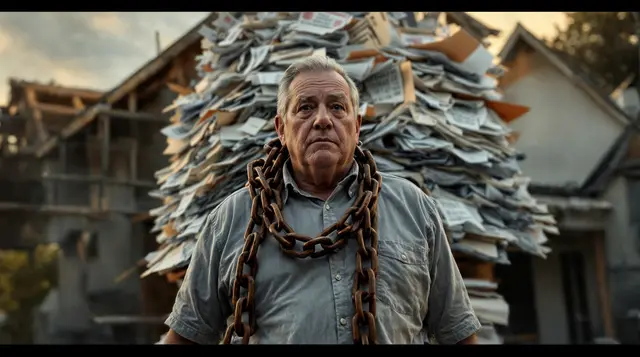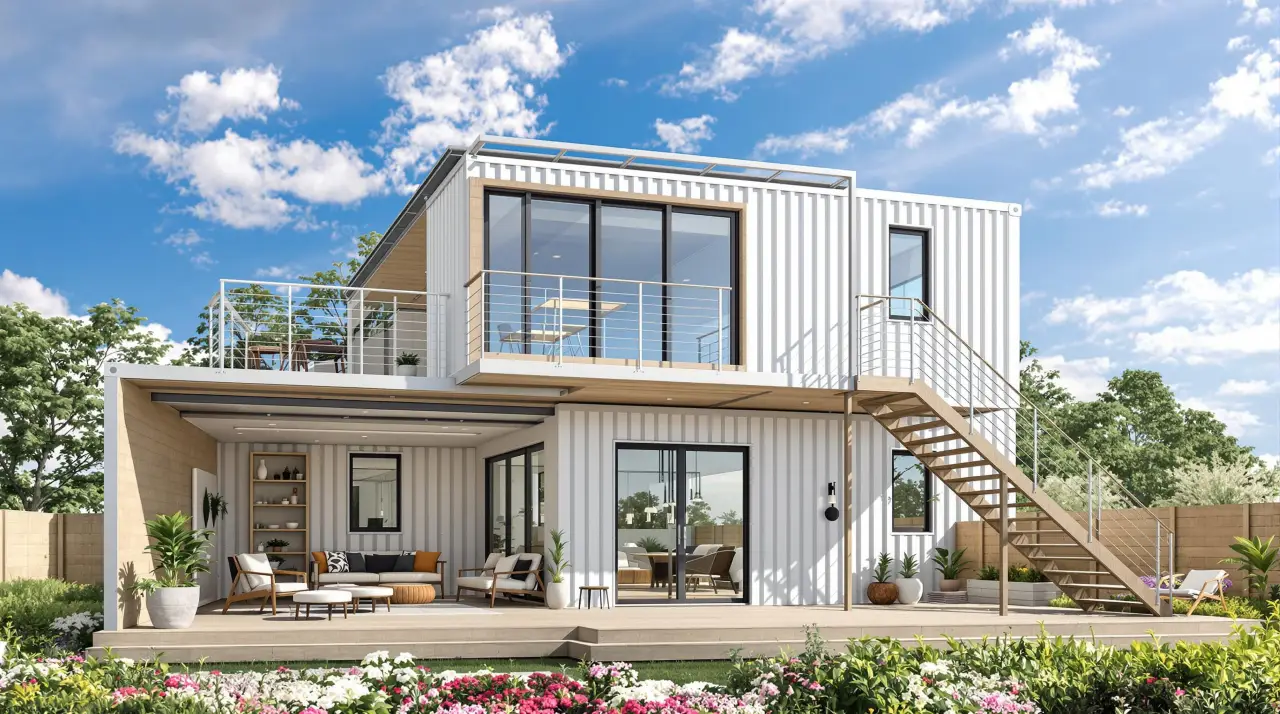
The cultural narrative of early retirement—achieving financial independence in your 40s or 50s, sipping coffee on a mortgage-free porch—has become the modern American dream. Social media feeds and personal finance blogs glorify this vision, painting homeownership as the ultimate trophy of success and early retirement as the pinnacle of freedom. Who wouldn’t want to escape the 9-to-5 grind, pay off their home, and spend decades traveling, gardening, or volunteering?
Yet this idyllic fantasy often masks a harsh reality. Maintaining a home on a reduced income requires more than just paying off a mortgage. Property taxes, insurance premiums, and routine maintenance (like roof repairs or HVAC replacements) can drain thousands annually. Healthcare costs, which rise sharply in retirement, become a looming threat without employer-sponsored insurance. And for those who overleverage their wealth into real estate, a single market downturn or unexpected expense could unravel decades of planning.
The truth is, early retirement paired with homeownership is rarely as simple as it seems. It demands meticulous financial strategy, diversification, and a candid assessment of risks. Without it, the dream of freedom could morph into decades of stress, debt, or even financial ruin. This article cuts through the hype to reveal the hidden pitfalls—and how to navigate them.
1. The Financial Strain of Homeownership in Early Retirement
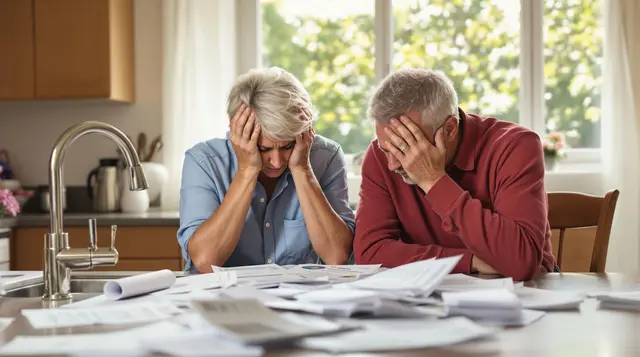
Mortgage-Free Myths
The notion that paying off a mortgage equates to financial freedom is a dangerous oversimplification. While eliminating a monthly payment feels liberating, homeownership in early retirement comes with persistent costs that can erode savings. Property taxes, for instance, rise by an average of 3–5% annually in the U.S., turning a $500,000 home into a $15,000–$25,000/year liability (assuming a 3–5% tax rate). Homeowners insurance premiums can also climb, especially in disaster-prone areas. For retirees in HOA-governed communities, fees—often hundreds per month—fund amenities and maintenance, with no opt-out. These expenses, compounded over decades, drain income that could otherwise fund healthcare or travel.
Maintenance Costs
Beyond taxes, upkeep is a silent budget killer. Studies show homeowners spend 1–4% of their home’s value annually on repairs and improvements. A $500,000 home, for example, could require $20,000/year for landscaping, HVAC repairs, or roof replacements. A 2022 HomeAdvisor report found U.S. homeowners spent an average of $13,138 on renovations—a figure that balloons with age. Early retirees often underestimate these costs, assuming “no mortgage” means “no expenses.” Yet a leaky roof or failing septic system can derail even the most frugal budget, forcing retirees to dip into retirement accounts prematurely.
Liquidity Trap
Homeownership ties wealth to an illiquid asset, creating a perilous “liquidity trap.” During market downturns or emergencies, selling a home quickly often means accepting a loss. A 2020 NBER study found that retirees who needed cash during the COVID-19 crash sold at 10–15% below pre-pandemic valuations. For those who can’t sell, home equity becomes a stranded asset—unusable without loans or relocation. This lack of flexibility contrasts sharply with diversified portfolios, where retirees can sell stocks or bonds incrementally without disrupting their living situation.
2. The Risks of Relying on Home Equity
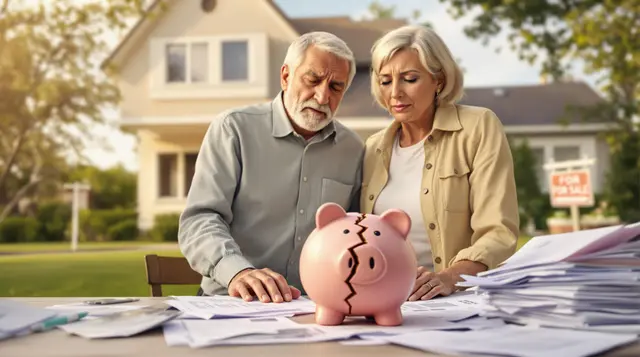
Home Equity as a Retirement Cushion
Many retirees view home equity as a safety net, but strategies like home equity lines of credit (HELOCs) or reverse mortgages carry hidden dangers. HELOCs, for instance, offer low introductory rates but reset to variable rates, which surged to 8–10% in 2023. A retiree who borrowed $200,000 at 3% in 2020 faced payments nearly doubling by 2023. Reverse mortgages, meanwhile, accrue debt that compounds annually; heirs often inherit homes with little to no equity. A 2022 AARP case study highlighted a retiree who took a reverse mortgage during the 2008 crash, only to see home values plummet while loan balances grew, forcing a sale at a loss.
Market Volatility
Real estate’s “safe-haven” status is a myth. The 2008 crisis saw U.S. home values drop 30% nationally, with some regions losing 50%. Even in stable markets, appreciation averages 3–4% annually—lagging the stock market’s historical 7–10% returns. A retiree who prioritized paying off a $500,000 mortgage over investing could miss $1M+ in portfolio growth over 20 years (assuming 7% returns). Over-reliance on home equity ignores both market risks and opportunity costs, leaving retirees vulnerable to shocks with few alternatives.
By overvaluing homeownership and undervaluing diversification, early retirees risk turning their dream into a financial albatross.
3. Opportunity Costs of Overinvesting in a Home: Practical Solutions

Sunk Costs vs. Growth Potential
Paying off a mortgage early feels like a win, but it often locks money into a low-return asset. Instead, invest that cash in a diversified portfolio. For example, a $300,000 investment in stocks earning 7% annually could grow to $1.3 million in 20 years—$1 million more than paying off a home. Action Step: Use a compound interest calculator to compare mortgage payoff vs. investment growth. If your after-tax investment returns exceed your mortgage rate (e.g., 3% vs. 7%), prioritize investing.
Location Matters
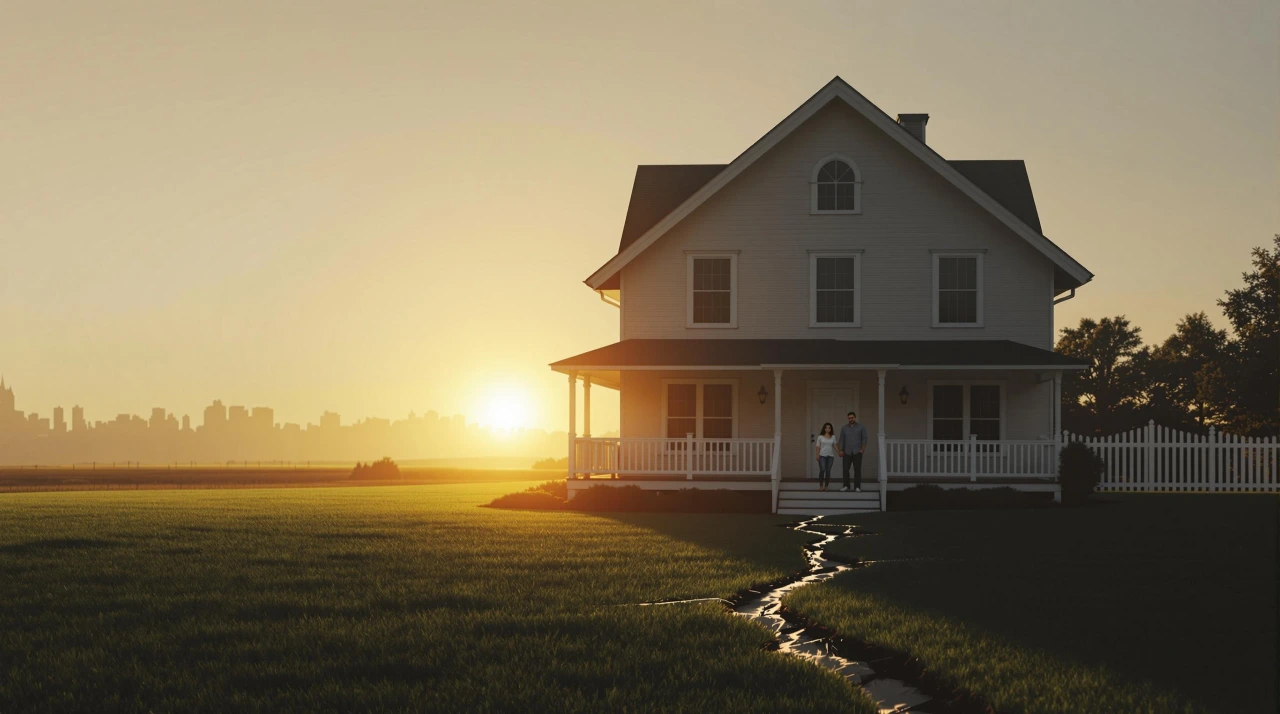
Living in high-cost areas like NYC or San Francisco eats into savings. A $1 million home there might cost $30,000+ annually in taxes and insurance. Solution: Relocate to a lower-cost area (e.g., Austin or Raleigh) or downsize to free up equity. A 2024 study found retirees who downsized saved $500,000+ over 10 years.
4. Psychological and Lifestyle Pitfalls: Real-World Fixes
Emotional Attachment vs. Financial Flexibility

Homes often carry sentimental value, but holding onto one during a downturn can cost you. Advice: Set a “sell trigger” (e.g., if the home’s value drops 10%, sell). A 2023 survey found retirees who sold during dips reinvested in cheaper markets, preserving 20–30% of their wealth.
Stress of Home Management
Maintaining a large home without steady income is exhausting. Solution: Hire a property manager or downsize. A 2024 AARP report noted retirees who downsized reduced upkeep costs by 40%.
Healthcare Costs
Early retirees face a healthcare gap before Medicare at 65. Action Step: Fund a Health Savings Account (HSA) during your working years—it grows tax-free and covers medical costs. A 50-year-old couple could save $300,000+ in premiums by using HSAs over ACA plans.
5. The Over-Optimism Trap: Avoid These Pitfalls

Underestimating Longevity
Many retirees plan for 20 years but live 30+. Fix: Use a “withdrawal rate calculator” to ensure your savings last. A 4% withdrawal rate is safer than 5%—even a 1% difference can save $500,000 over 30 years.
Overconfidence Bias
Retirees often overestimate returns (7–10%) and underestimate expenses (healthcare, inflation). Advice: Assume 5% returns and 3% inflation in your plan. A 2022 study found this conservative approach reduces the risk of running out of money by 50%.
Lack of Contingency Planning
Only 15% of retirees stress-test for job loss or market crashes. Solution: Use Monte Carlo simulations (free tools like cFIREsim.com) to model 1,000+ economic scenarios. If your plan survives 90% of them, it’s likely safe.
6. Diversification: The Key to Sustainable Retirement

Asset Allocation
Avoid putting all your eggs in one basket (e.g., 100% home equity). A 60/40 stock-bond portfolio historically outperforms real estate during recessions. Example: In 2008, U.S. home values dropped 30%, but balanced portfolios lost only 20%.
Passive Income Streams

Create income that doesn’t require active work:
- Rental Properties: A $300,000 rental home could yield $20,000/year in net income.
- Dividends: Invest in low-cost S&P 500 index funds (average 2% dividends).
- Side Hustles: 40% of early retirees earn extra income via freelancing or consulting.
Emergency Funds
Keep 12+ months of expenses in a high-yield savings account. A $50,000 emergency fund can cover healthcare or home repairs without selling investments at a loss.
7. Practical Steps to Avoid the Fantasy Pitfalls
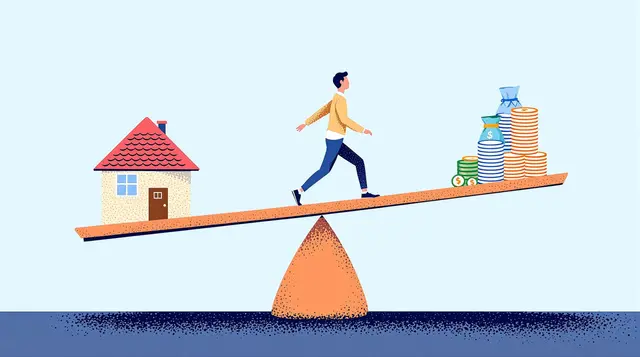
Step 1: Stress-Test Your Plan
Use free tools like cFIREsim.com to model worst-case scenarios. If your plan fails in 10% of simulations, adjust spending or investments.
Step 2: Delay Homeownership
Rent during early retirement to preserve liquidity. A 2024 Zillow analysis found renting cuts housing costs by 30–50%.
Step 3: Consult a Fee-Only Advisor
Avoid advisors who sell annuities or real estate—they earn commissions. Fee-only advisors (find them via GarrettPlanningNetwork.com) prioritize your interests.
Step 4: Prioritize Healthcare and Long-Term Care Insurance
- HSAs: Contribute the max ($7,750 for families in 2024) for triple tax benefits.
- LTC Insurance: Buy it in your 50s—costs rise sharply after 60.
By focusing on these actionable strategies, you can turn the dream of early retirement and homeownership into a reality—without the financial risks.

